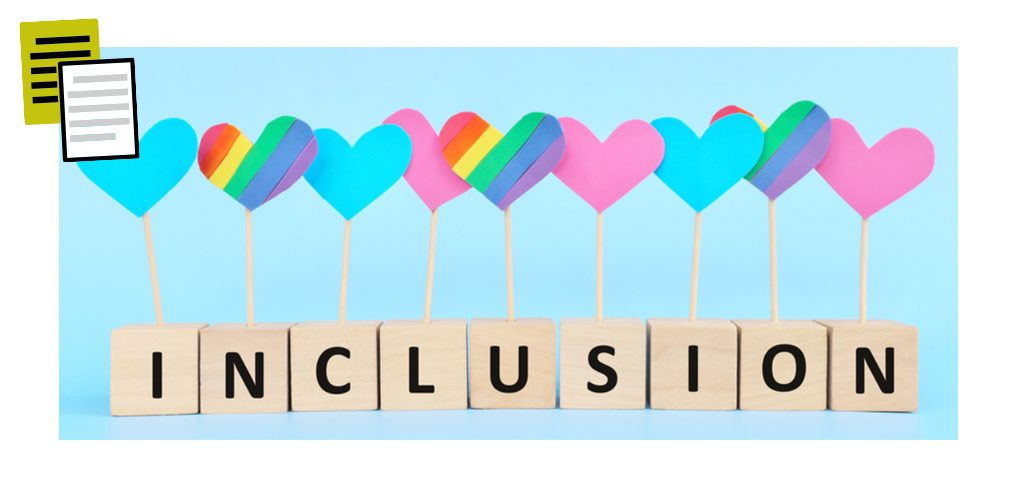
Let’s Talk Gender Inclusivity
Salon Smart London 2022 tackled some of the biggest and most talked about topics in the industry right now. From going green to texture equality, attendees were given the lowdown to step up and take action. One conversation in particular had the room reflecting on current routines and systems at work: gender inclusivity.
“How many of us have truly considered the salon experience with an eye on gender?” asked Amanda Nottage, Creative HEAD editor, before handing over to panellists, Keri Blue, founder of Hair Has No Gender, Luca Jones, co-owner of Kitch Hair and Not Another’s Sophia Hilton.

The overarching message shared: turning people away based on their gender is no longer acceptable; it is imperative businesses are open and welcoming to every client, no matter how they identify. All three panellists agreed hair professionals and salon owners are in a privileged and powerful position to make a significant difference to how someone feels when they’re in a salon, barber shop or other workspace environment – hair undeniably being a vital part of identity. As Keri remarked, considering two per cent of the world’s population identifies as non-binary and transgender, “there’s a whole crowd of individuals looking for places to go and feel safe in”.
But how do YOU start YOUR journey – of bringing your business up to date with these important and expected new social norms? What steps can you take to make changes in the right direction? Here are five key points we picked up…

They/them, he/him, she/her – does your booking system have pronoun choices? Does your ‘meet the team’ website page display staff pronouns? Understanding and displaying various pronoun options throughout your business can immediately signal to non-binary or trans communities that they, too, are welcome at your salon. Then, once through your doors, it’s crucial to continue to apply the correct language and promote gender neutral dialogue – avoiding references to masculine and feminine hairstyles, for example, and so much more…

Traditional categorising of ‘ladies’ and ‘men’s’ hair on price lists is starting to look outdated. Get rid of gender-led menus and start charging based on aspects like hair length and time. Numerous successful salon and barber shop businesses across the UK have adopted this model and are reaping the rewards. It works – check out Chop Chop London or Stag for starters.

From social media feeds to your website pages, make sure the imagery and messaging you share doesn’t alienate communities. What do we mean by this? Well, for example, if you’re posting blonde balayage pictures all over your Instagram, it’s likely you’ll attract clients seeking the same. Likewise, if your feed is full of mullets and skin fades, it’s probable you’ll see an upsurge in clients keen on these looks. By reviewing your online presence and with gender-inclusivity in mind, there are numerous ways to indicate that your space is for everyone.

Look at your team – do your employees represent diversity and inclusivity? If the answer is no, not to worry – you certainly aren’t alone, but could you possibly reevaluate your recruitment process in an effort to grow a more representative workforce, going forward?

If you’re reading this article, you’re already on the right track – being open to change and educating yourself is where the journey begins. From watching YouTube videos to reading online articles there are an abundance of resources out there to help educate yourself and your team on how to become more gender inclusive. Why not start by visiting hairhasnogender.co.uk – you’ll find information and training for both owners and staff. Tap into the Creative HEAD archives for a little further reading – we recommend, Your gender inclusivity questions answered, Making your hair business gender inclusive and Safe Space Salons.
WISE WORDS TO LEAVE YOU ON…
“We’re hairdressers at the end of the day, we’re here to make people feel better about themselves and not to put them in a box or make them feel more awkward about a situation” Luca Jones
“In the UK, hairdressing is such a traditional place, where hairdressers and barbers are very separate – and I don’t really know why anymore ” Keri Blue
“Just by popping pronouns of your team stylists on your website, you are signalling to people that you accept everyone” Sophia Hilton
